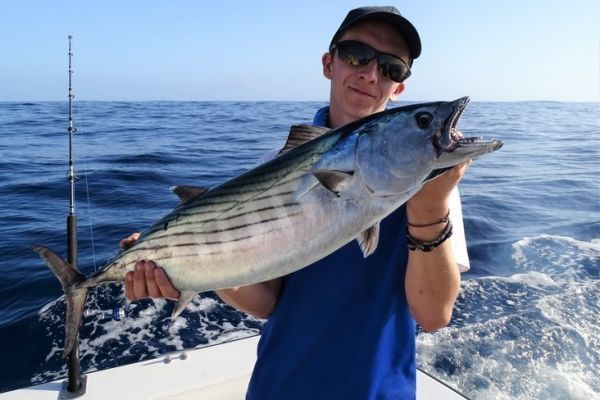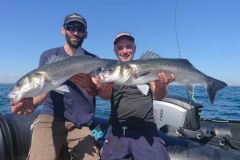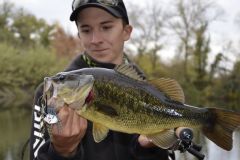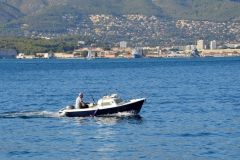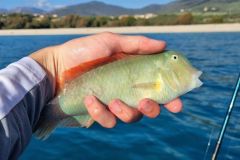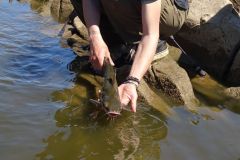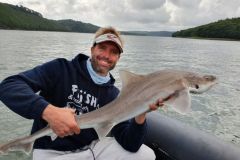Why choose the summer season?
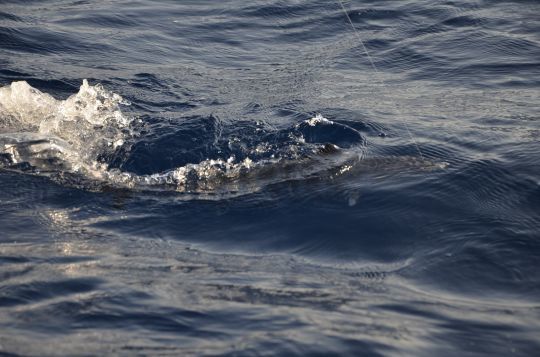
Summer is undoubtedly the best time to go out on a boat and enjoy the calm, warm days. Pelamids come close to the shore at this time to hunt for forage fish. However, not every day is a good day for surface hunting, and you need to adapt to the fishing conditions.
The number of boats and the fishing pressure of the summer season sometimes push pelamids to hunt deeper, from 10 to 50 meters. Shoals are easy to spot with even the most basic depth sounder. The summer season is also ideal for this type of fishing, as this fish rarely hunts when the sun is at its zenith.
How do you find the right areas?
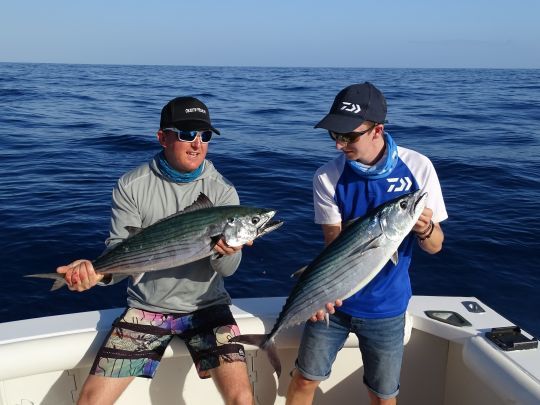
Pelamids are pelagic predators, constantly on the move to oxygenate their bodies and find food. The warmer the water, the faster its metabolism and the more it feeds. Although this fish moves around a lot, there are very characteristic passage zones that can be easily identified with a little experience. If you already hunt pelamids during the rest of the year, these same areas will be ideal for vertical fishing.
If not, try to find areas of breakage at depths of between 20 and 50 metres. Depth is important to find, as these fish generally follow currents formed by wind or waves. Beware, fish can hunt less than 10 metres below the surface and therefore bite your lures close to the boat. The navigation channels of ferries and large ships are also very interesting, as they offer pelamids a chance to hunt without being heard by their prey, covered by the noise of the boats.
What type of equipment should I use?
Targeting the pelamid in a vertical position is not always easy, as the diet of this fish depends on what it can find in the area. Generally speaking, its preferred prey are anchovies and sardines, but it can also be opportunistic.
The best lure for fishing both in a large layer of water and imitating one of its prey is the jig. Whether it's a classic jig or a slow jig, pelamids particularly appreciate this type of shape and animation. Preferably choose a casting set, more comfortable than a spinning set, capable of handling jig weights up to 80g. A 30 lb braid and leader set is a minimum, as other predators may bite and a set too thin will not allow you to take them out.

 /
/ 